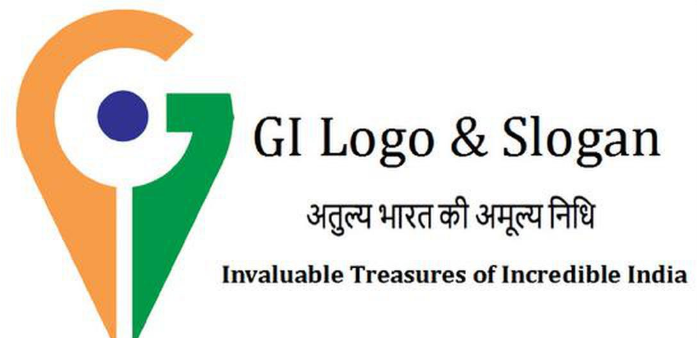Context:
Over 60 products from India have received Geographical Indication (GI) tags, including Banaras Thandai.
More on the news:
- This is the largest number of GI tags awarded at once. More states are applying for GI tags for their traditional products.
- Assam’s six crafts, including Bihu Dhol and Mishing handloom products, have received GI tags.
- Thirteen other products from Assam, such as Bodo Dokhona and Bodo Eri silk, have also been tagged.
- Banaras Thandai, a traditional drink, and other regional products have been awarded GI tags. The Banaras Tabla, Banaras Shehnai, Banaras Lal Bharwamirch, and Banaras Lal Peda are among the products that have been granted GI tags in this area.
- Tripura’s Pachra-Rignai and Matabari Peda have secured GI tags.
- Meghalaya’s Garo Textile weaving, Lyrnai Pottery, and Chubitchi have also received GI tags.
- India has awarded around 635 GI tags, with Darjeeling tea being the first to receive one two decades ago.
What is G.I Tag?
- A geographical indication (GI) is a sign used on products that have a specific geographical origin and possess qualities or a reputation that are due to that origin.
- The first product in India to be accorded with GI tag was Darjeeling tea in the year 2004-05.
GI Tag and WTO:
- GIs are covered under the Paris Convention for the Protection of Industrial Property.
- Governed by the WTO’s Agreement on Trade-Related Aspects of Intellectual Property Rights (TRIPS).
- GI tags are issued as per the Geographical Indications of Goods (Registration and Protection) Act,1999. This tag is issued by the Geographical Indication Registry under the Department of Industry Promotion and Internal Trade(DPIIT), Ministry of Commerce and Industry.
Process of Obtaining a GI Tag:
- The application process is facilitated by the Controller General of Patents, Designs and Trade Marks (CGPDTM) under the
- An association of producers, manufacturers, or artisans from the specific geographical location can apply for a GI tag.
- The application process involves submitting detailed documentation about the product, its origin, unique characteristics, and the link to the geographical location.
- Initial registration of a GI is valid for ten years.
- You can renew the registration for further periods of ten years at a time.
- To renew, you need to apply within six months before the current registration.
Benefits of GI Tags:
- Product Recognition and Protection: A GI tag differentiates a product from its competitors and offers legal protection against imitation. Consumers are assured of the authenticity and quality associated with the specific geographical location.
- Economic Benefits: Producers of GI-tagged products can benefit from premium pricing, increased market access, and potential export opportunities. It can also boost local economies and support traditional knowledge systems.
- Preserving Cultural Heritage: GI tags help preserve the unique skills and traditional methods associated with producing specific products. It recognizes the cultural significance of these practices and protects them from disappearing.
Challenges of GI Tag:
- Lack of awareness and knowledge
- Lack of adequate infrastructure and facilities
- Lack of effective enforcement and monitoring mechanisms
- Lack of coordination and cooperation among various stakeholders
Way Forward:
- Providing more financial and technical support
- Strengthening the legal and institutional framework
- Enhancing the market access and visibility of GI products
- Encouraging more research and innovation on GI products
- Fostering more collaboration and partnership among various stakeholders

